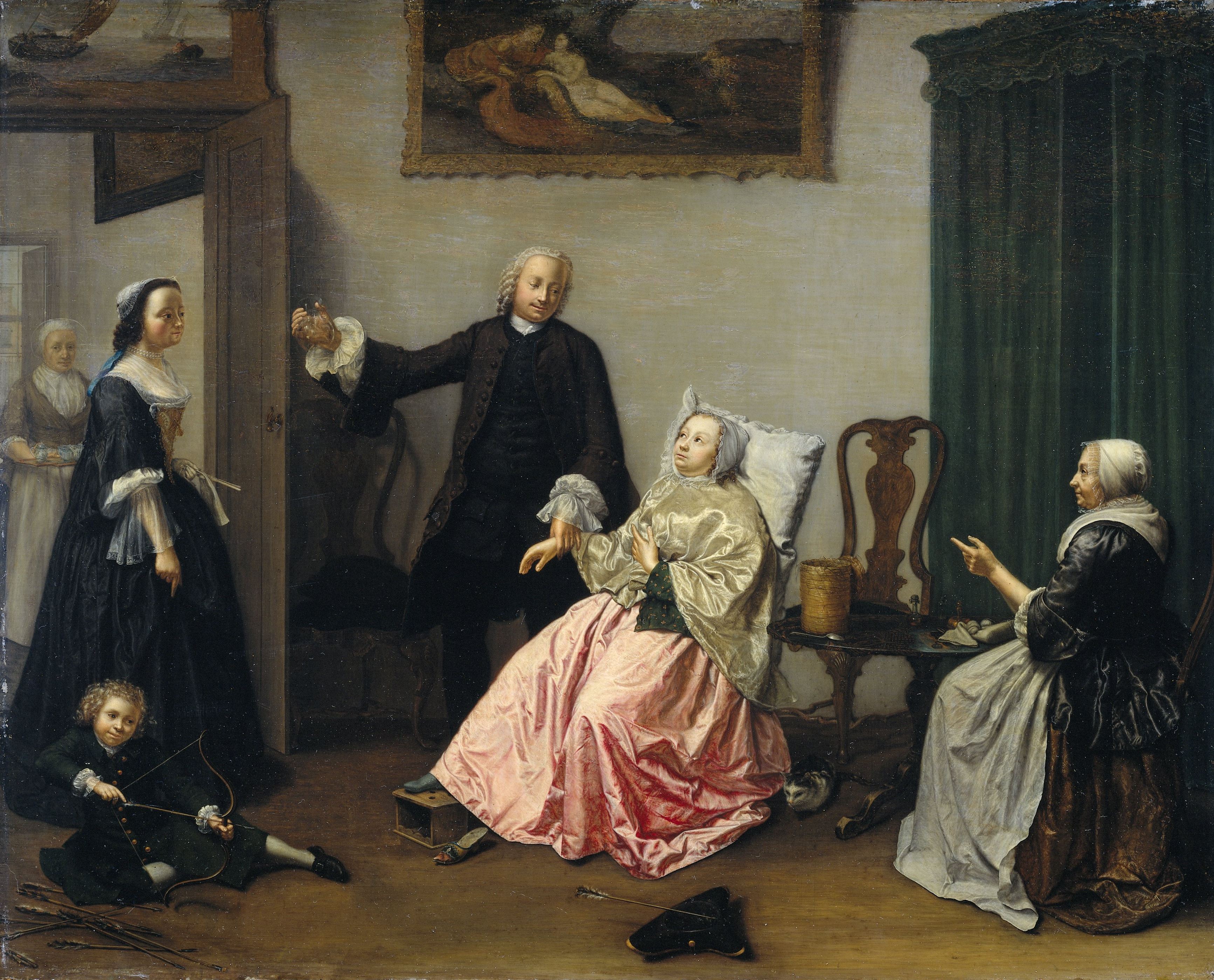
I have recently been reading volume 2 of the journal of Dr Richard Wilkes, a doctor working in Staffordshire in the eighteenth century. His observations, collected together into these volumes by his descendants, are a real treat containing observations about what has been reported in the news, the weather and the medical cases he was involved in or heard about. Here are a few of my favourite snippets from this wonderful source. January 1739:
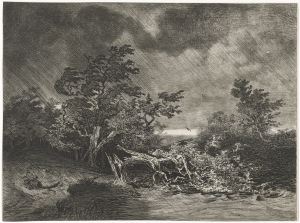 From the Thaw on ye 25th Decr the Air was in ye most unsettled state I ever observ’d. If it froze at Night it certainly thaw’d in the Day & vice versa, so yt we were not 24 Hours wthout Frost, yet had not an Ice strong enough to bear Children more than twice between this Time & the 8th January. On the 30th Decr at Night about 9 o’Clock was one great Flash of Lightning The Night following the Wind was extremely boisterous & did a good deal of Damage. The Night between the 3rd & 4th was pretty tempestuous wth Thunder & Lightning between 1& 2 O’clock. The next Day & on the 6th we had several Hours Rain together, yet a thin Ice in the morning. This Night we had more snow, wch continued only the next Day. On the 8th we had Hail, Rain Snow & a high Wind the Night before. This Night we had Rain again & next morning was hazy & small Rain. By this means many people took cold, were troubled wth Coughs, Hoarseness, Deafness &c nay very few escaped I my self was confined 4 Days to the House, wth the foregoing Complaints, wn my Nose discharged more yn it ever did before in so short a Time. Most of our Family, the Village, Towns of Wtampton, Birmingham &c labour’d under the same Disorders.1
From the Thaw on ye 25th Decr the Air was in ye most unsettled state I ever observ’d. If it froze at Night it certainly thaw’d in the Day & vice versa, so yt we were not 24 Hours wthout Frost, yet had not an Ice strong enough to bear Children more than twice between this Time & the 8th January. On the 30th Decr at Night about 9 o’Clock was one great Flash of Lightning The Night following the Wind was extremely boisterous & did a good deal of Damage. The Night between the 3rd & 4th was pretty tempestuous wth Thunder & Lightning between 1& 2 O’clock. The next Day & on the 6th we had several Hours Rain together, yet a thin Ice in the morning. This Night we had more snow, wch continued only the next Day. On the 8th we had Hail, Rain Snow & a high Wind the Night before. This Night we had Rain again & next morning was hazy & small Rain. By this means many people took cold, were troubled wth Coughs, Hoarseness, Deafness &c nay very few escaped I my self was confined 4 Days to the House, wth the foregoing Complaints, wn my Nose discharged more yn it ever did before in so short a Time. Most of our Family, the Village, Towns of Wtampton, Birmingham &c labour’d under the same Disorders.1
Throughout the volume notes are included that link the weather to the prevalence of certain medical conditions, and later on the prevalence of a plague that was afflicting the cows of the local region. In addition to the commonplace, Wilkes also recorded the extraordinary and unusual:
‘This Night was not only tempestuous here, but in many other Parts of this Island. The News gave an Acct of great Terror & some Damage caused by it at London, Bristol &c An old Gentlewoman dyed at Ludlow, who desired to be buried about 3 miles from yt Place & yt her Corps might not be taken out of ye House till after Midnight. When they were gone a bout half the Way, the Wind & Lightning together put out all the Links & torches, so yt the Company was forced to wait there till fresh Light could be brought them. There being no House near, a dead Body wth ym & the Night so tempestuous tis easy to suppose in wt Condition most of the Company must have been.’2
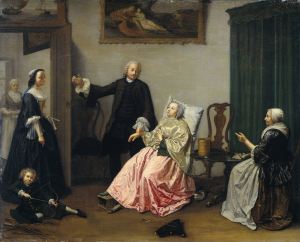
In amongst these observations Wilkes noted scandalous events and rumours about those around him, including marital breakdowns and separations, and the unacceptable behaviours of ‘bad’ husbands. In one case he explained that a young man, the servant of Dr Harding, had been ‘at Play with a Maid servant, with whom he design’d to marry she prickt the Calf of his leg slightly with a Pin’. The resulting wound would not be healed but ‘mortify’d & kill’d him in a few Days’.3 It isn’t clear whether the pinprick was accidental or intentional, but it is emphatically declared that ‘This Man must certainly have had a most extremely ill Habit of Body, or so great an Effect could not have been produc’d by so small a Cause.’4
Finally Wilkes appears to have recorded several various cases of menstrual irregularity, including these cases of pre-mature bleeding and elderly bleeding: 24 Augusta 1743, ‘Mrs Whitmore of Shipley in ye 80th year of her Age has her Menses regularly. She is a strong hearty Woman, has all her senses perfect, has been the Mother of a great many Children 8 of wch are now living. About ye 60th year of her Ages [sic] she was irregular a little time, but her menses soon return’d as usual & have continued to flow regularly ever since.’5 8 September 1748 ‘One mrs Crokat of Stafford told me yt a Daughter of the Revd Mr Yeoman’s of Colwich now about ten years of Age had a menstrual Discharge wn about 3 years of Age, wch has continued regularly ever since. She is a strong hearty fresh colour’d girl.’6 At the end of this he asked whether both of these women would be ‘capable of bearing Children’.
Wilkes’ recordings, like those of Sir Hans Sloane, offer a glimpse of an eighteenth-century medical practitioner intimately connected to his national news, his local region and his patients. He was fascinated by the unusual patient histories he heard about and happily has left these behind for us to enjoy.
_____
1. Wellcome Library MS 5006, Richard Wilkes Observations volume 2, pp. 1-2.
2. Ibid, p. 4.
3. Ibid, pp. 12-13.
4. Ibid.
5. Ibid, p.178
6. Ibid, p. 291
© Copyright reserved
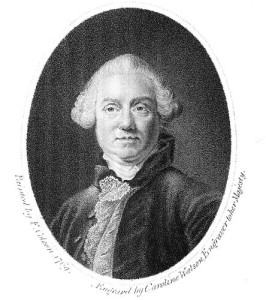
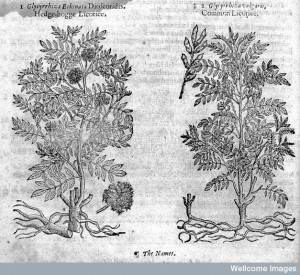
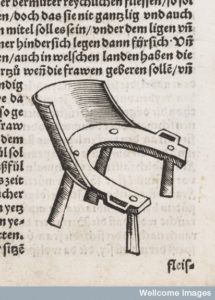
I have come across the phrase ‘ill habit of body’ several times in seventeenth century medical texts, and have wondered what it meant. It seems to indicate someone who is generally considered prone to disease. It is not clear whether it means irregular bodily functions, physical infirmity, poor lifestyle or humoural disposition. Can anyone enlighten me on this?
Good question I have Lays taken it to. Mean poor humoral complexion compounded (often) with poor regimen